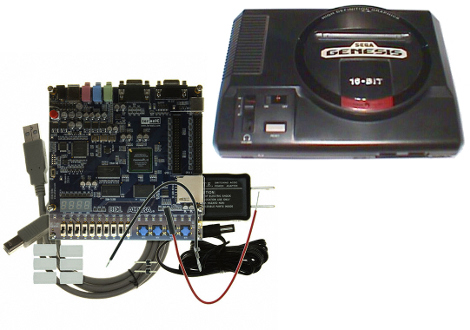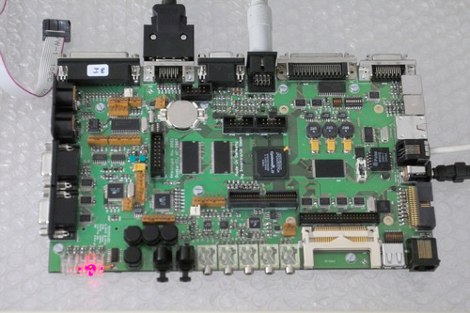[youtube=http://www.youtube.com/watch?v=Y6R0wO1o01g]
This is a fantastic high school project. [Shmendrik213] built and robot a programmed it to follow common traffic rules. The robot drives itself with a DC motor, using one servo for steering and another to pan a webcam back and forth. The netbook that comes along for the ride is running a VB.NET program that can detect an upcoming intersection, read the street sign, and react based on other cars currently at the intersection.
The hardware is running on an Altera processor using firmware programmed in VHDL. We remember building a tissue box holder for one of our high school projects. Looks like the times have changed since then.














